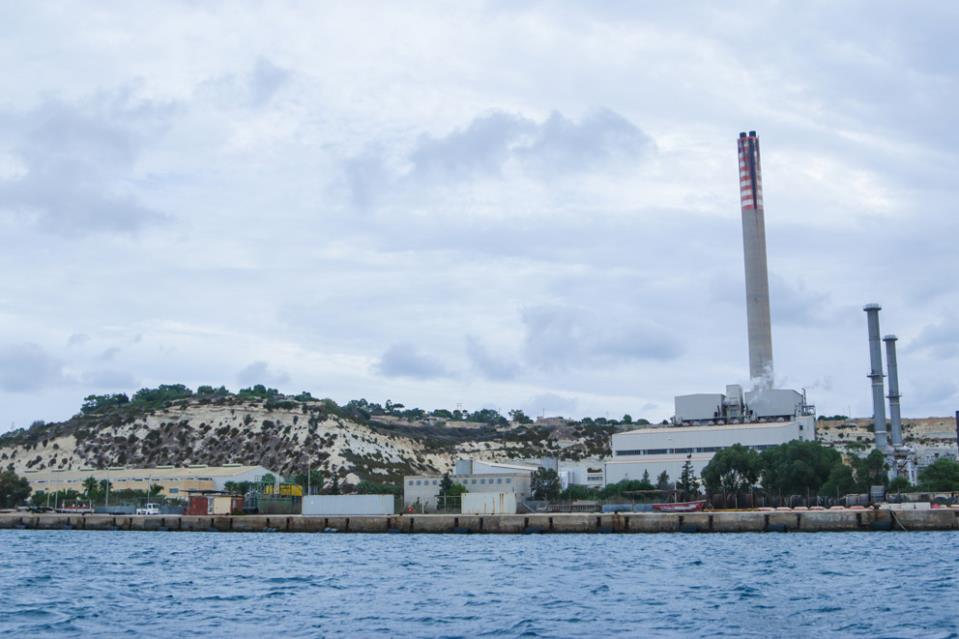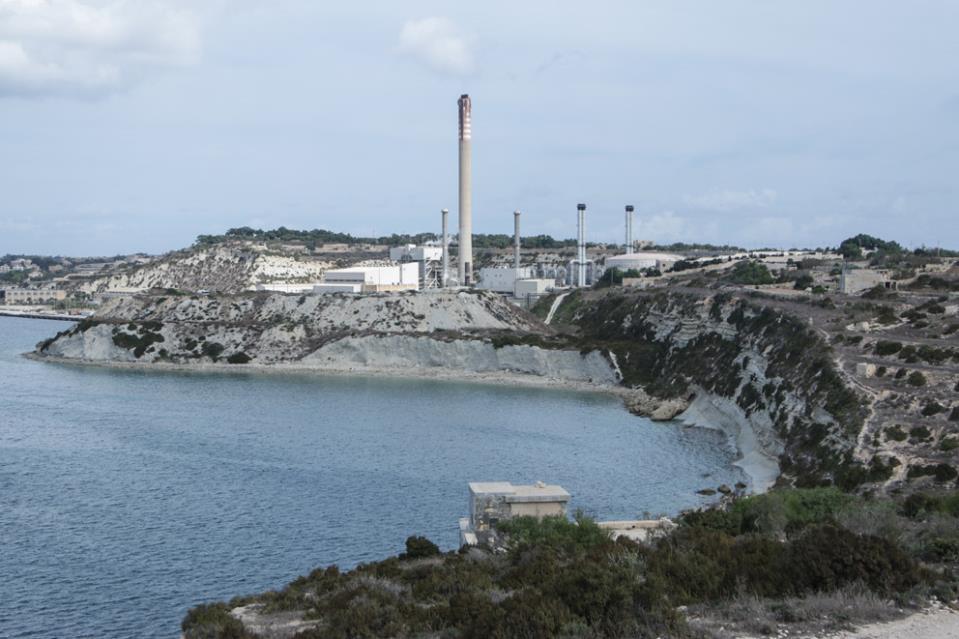Six months before the March 2015 deadline expires, one of the four members of the ElectroGas Consortium - Siemens - said that it "intends to invest" in the Delimara gas power station project.
The Malta Independent on Sunday revealed last week that no work is being carried out at the Delimara site, despite the government's promise to finish and have the new plant operating by next March.
Now, one of the four players in the consortium chosen by the Energy Ministry to develop the project has admitted that it has yet to invest in the project in order to "support it further".
A spokesperson for Siemens Financial Services said: "Siemens is an engineering, procurement and construction contractor to ElectroGas Malta. The ElectroGas Malta consortium was selected as preferred bidder in a tender issued by Enemalta to build, own and operate a Combined Cycle Power Plant (CCPP) with an overall capacity of 200 MW via a special purpose company in October 2013 and was awarded the project in December 2013. The special purpose company which was already founded by Enemalta obtained the final development permit for the project in April 2014.

"An acquisition of the shares in the company by the members of the Consortium in line with the tender requirements took place in May 2014.
"In order to further support the project and subject to final financing conditions, the Financial Services unit of Siemens (SFS) intends to invest in this project along with other third party equity providers."
According to its reply, Siemens and the other three partners have yet to invest in the project. This is the same company which states on its gas power station brochures that CCGT plants can take up to two years to be completed.
The brochure says that, as a result of the design of the plant and the standardised components, "installation work of main components can start earlier, and the plant can be finished faster. Plants have been completed as quickly as 20 to 24 months. It is an intelligent concept that cuts down construction times and increases customer benefits."
Siemens did not reply to questions asking whether the project is on track and on when the equipment - comprising of the four turbines, FSU and regasification unit will arrive in Mata. The company spokesperson asked us to "direct all further questions" to ElectroGas Malta Ltd. The consortium is made up of four players: Siemens, Gasol, SOCAR and GEM Holdings.

Last week, this paper revealed that, apart from two small drills, no work is being carried out at the Delimara power station. The area where the three gas turbines are to be installed remains barren and the inlet where the jetty leading to the Floating Storage Unit is supposed to be built remains undisturbed. The only equipment noted at the site was a barge with a crane and drill mounted on it, although it is unclear what work, if any, was being carried out.
Questions sent to the Energy Ministry remain unanswered and the government has also failed to react to the report carried in The Malta Independent on Sunday.
The actual contract with project developers ElectroGas Malta Ltd was only signed in May of this year, with the government refusing to publish the contract details. The only formal announcement of any work being done on site was made in August, when Energy Minister Konrad Mizzi said that geological tests were underway to determine the best location for the power generation units.
Mr Mizzi and ElectroGas have insisted that the project is on track and will be completed by the stipulated deadline - March 2015. But the lack of actual progress at the site seems to suggest that the deadline will be very hard to reach. Similar gas-fired power station projects took a number of years to complete. Work on the much-quoted Livorno LNG terminal began in 2004 and was only completed in 2013.
There is also a big question over the FSU, or Floating Storage Unit. ElectroGas had acquired an older LNG carrier, or tanker, with the intention of converting it into a floating store which would then feed LNG to an onshore regasification unit. This would then feed the fuel - in gas form - to the three new plants.
According to industry websites, the process to convert LNG carriers into FSUs could take anywhere up to 18 months. The LNG Gemini was only brought into the Spanish port of Ferrol in October 2013. The project is being undertaken by SOCAR, another partner in the ElectroGas consortium. Questions sent to SOCAR and Gasol remained unanswered at the time of going to print.